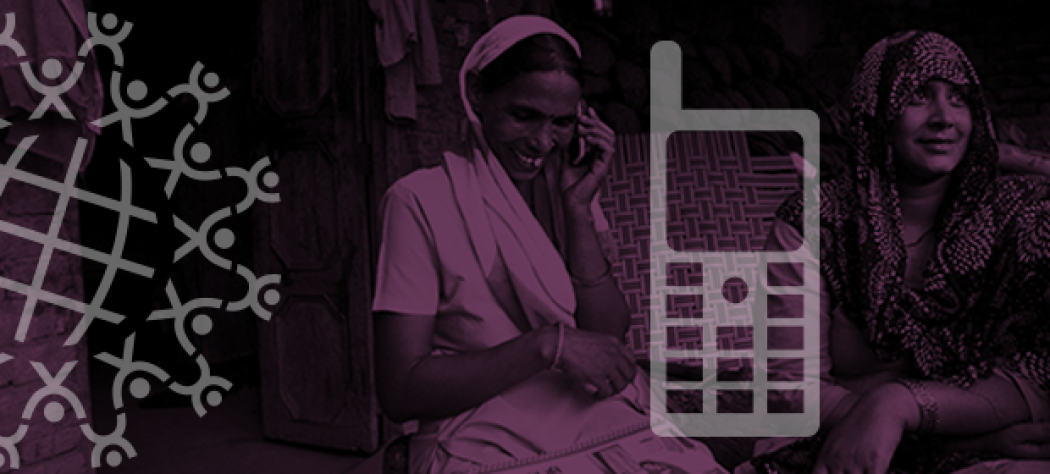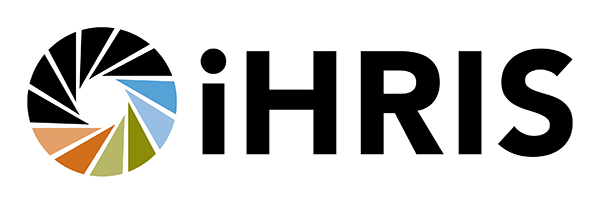Can Uttar Pradesh Improve Its Health Care Indicators with mSakhi?

Here’s some trivia to chew on: if Uttar Pradesh, the largest state in India, were a country, it would rank among the most populous in the world. Population is widely held as a precious asset, particularly in a country with a young population like India. But to capitalise on that asset, one of the factors that needs to be put in place is health care distribution. Compared to our South Asian neighbours and Sub-Saharan African countries, and also with countries having significantly less per capita income (Sri Lanka eradicated malaria the same day that Delhi reported its first malaria death at Safdarjung Hospital in 2016), India’s health care system requires attention.
According to this in-depth analysis by IndiaSpend, up to 62 percent of government hospitals don’t have a gynaecologist on staff. An estimated 22 percent of health sub-centres, the first port of call for health care for Indians, are short of auxiliary nurse midwives (ANMs). A large proportion of health care facilities across India don’t have the required number of trained medical personnel on staff, creating impossible caseloads for those on duty. This problem is most pronounced in public hospitals and rural areas, which serve the most vulnerable Indian citizens.
In case of Uttar Pradesh (UP), predictably, the situation is much more worrying. It is one of eight states that comprise the empowered action group (EAG) of backward states (formerly called the BIMARU states). UP, Madhya Pradesh, Odisha, Jharkhand, Bihar, Rajasthan, Chhattisgarh and Uttarakhand were identified in 2005 for special attention because of the acute health disparities.
UP’s health care indicators are abysmal. After Assam, it has India’s second-highest maternal mortality rate (MMR), with 285 maternal deaths for every 100,000 live births (2013), and 62 percent of pregnant women unable to access minimum ante-natal care. UP has the highest child mortality indicators, from the neonatal mortality rate (NNMR) to the under-five mortality rate. Of 64 children who die per 1,000 live births before five years of age, 35 die within a month of birth and 50 do not complete a year. As per data from 2013, about half of UP’s children are not vaccinated.
Under these circumstances, any intervention is welcome and the app called mSakhi is one that may well make an enormous impact at the ground level. The app is compatible with any android based smart phone and can be downloaded for free. In collaboration with the non-profit IntraHealth International (dedicated to building frontline workers’ capacity for better health care delivery) and the global tech major Qualcomm, mSakhi has been running in Jhansi since 2013. The idea behind it is to enable the community health workers who are at the forefront of India's National Health Mission (NHM), so they can help women and their families recognise maternal and neonatal danger signs and promptly seek care.
The content on mSakhi is based on the guidelines and formats laid out in the NHM programme. NHM is the flagship maternal child health care delivery programme of the country and the Integrated Child Development Scheme, the principal response to nutrition and child development in India.
The community health workers who use mSakhi are ASHAs (Accredited Social Health Activist) in the lowest rung of the healthcare vertical, AWWs, (Anganwadi Workers) at the bottom of the nutrition-cum-child development vertical and ANMs (Auxiliary Nurse Mid-wife) the frontline of the professional health care workforce. The majority of ASHAs and AWWs are low-literate village women and they face significant operational challenges in conducting routine maternal, newborn, and child health (MNCH) activities. It’s also difficult for them to update their skills due to limited access to health care information, refresher training, meaningful supervision, and user-friendly job aids. This in turn compromises their ability to contribute to improved maternal and newborn health outcomes.
Leading economist and public intellectual Jayati Ghosh puts this into perspective as the unique challenge of delivering health care on the shoulders of an underpaid, overworked workforce of women.
To put this in perspective, bureaucrats who form the Indian Administrative Services get four elite trainings, bank-rolled by tax payers’ money in international institutes, during their service period. These are people with at least 17 years of formal education, usually in in elite institutions. The ASHAs and AWWs in contrast, have eight years of formal education from local, rural public institutions. Yet it’s the latter who bear the burden of health care delivery.
In Jhansi, mSakhi (“m” stands for mobile and “Sakhi” for a friend) has provided much-needed support to AWWs and ASHAs. It’s an interactive regional language (currently, it’s only in Hindi), audio/video-guided mobile application that provides support, helping them conduct routine activities across the continuum of mother and child care. Since it’s on the phone, there’s no need to carry flipbooks, manuals, a plethora of mother-child tracking registers and other job aids.
ASHAs and AWWs register pregnant women and newborns by entering basic information such as name, family details, village, health status, weight, growth and immunisation into mSakhi. Upon registration, mSakhi generates a home visit scheduler for each beneficiary and provides a set of audio-video guided instructions for counselling, assessment and referral specific to each mother and child, in each visit. The ASHAs' de-facto supervisors (auxiliary nurse midwives or ANMs) receive the data entered by ASHAs into mSakhi, and the data is stored in the mSakhi central database, allowing for real-time tracking of both ASHAs and beneficiaries. The database is designed for seamless integration with existing government information and communication technology systems such as the Mother-Child Tracking System (MCTS) and the Health Management Information System (HMIS).
The possibility of ASHAs and AWWs recording the same mother or child twice and escalating the data is eliminated. There is an inherent safeguard against data duplication which is crucial in health care planning and programming. As for the scale of duplication and why better data is needed, here is an explainer video from the irrepressible Dr T Sunderaraman, the ex-Executive Director of Government of India’s National Health Systems Resource Centre.
Amod Kumar, the original architect of the programme, is currently posted with the Chief Minister Akhilesh Yadav at the Chief Minister’s office. Although it looks like a gender-responsive move, the frontline workers just happen to be women and hence using the app makes it appear as a gender-responsive technological innovation. The primary objective was simply to bring comfort and efficiency to the Anganwadi workers, ASHAs and ANMs.
Meenakshi Jain, country director, IntraHealth India says, “Every investment in the frontline workers is a step in the right direction, especially considering the crucial role they play in a country where the public health system is extremely challenged. Frontline workers alongwith trained doctors and specialist care professionals form the backbone of our health delivery.”
Remuneration is also an issue, while the ASHAs get service delivery-linked incentives (with maximum accountability), the AWWs get honorarium at Rs 3500 to Rs 4000 or a little more (depending on the revenue-generating strength of the state and negotiating power to the Anganwadi Workers’ unions). However, their work load is not just restricted to Integrated Child Development Service. They also work on myriad surveys undertaken by the government (State and Centre).
Hence investment in tools which gives them an on-going, on-job training, reduces their burden of carrying registers and reduces the task of compilation by compiling and processing data automatically, seems a worthwhile effort. mSakhi is one such. Though Jain, has a word of caution too i.e. apps can only increase efficiency but staffing inadequacy, human resource challenges, systems’ inefficiencies still need to be tackled to comprehensively counter the morbidity and mortality challenge.
But the jury is still out on whether mSakhi will live up to its potential. Until the state government scales mSakhi up across the state, there is the danger it will be an addition to the annals of health innovations which has had investment of time, effort and money but did not get scaled up (and that too sans reason). And for a revenue-challenged state with serious health indicators like UP, that would be a difficult road to take.
Disclosure: The author is researching the potential and limits of mobile health apps in low cost settings where mSakhi is a case study.
The author can be reached at biraj_swain@hotmail.com
This article originally appeared in Newslaundry and can be accessed here.
